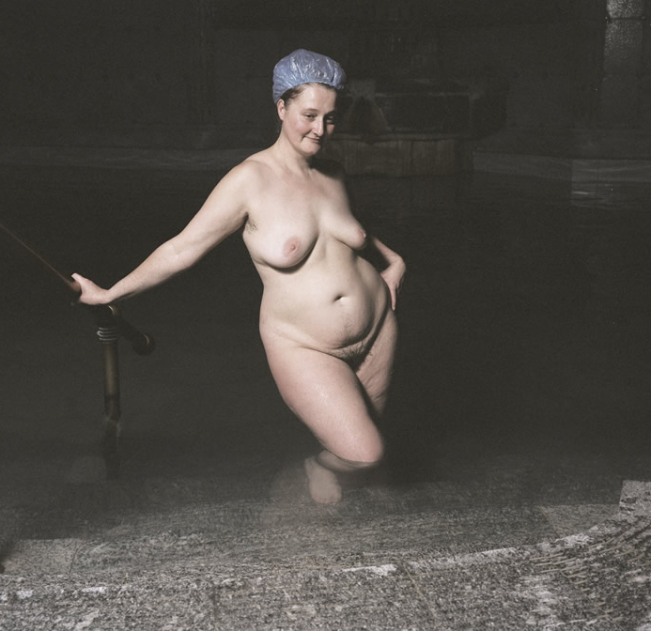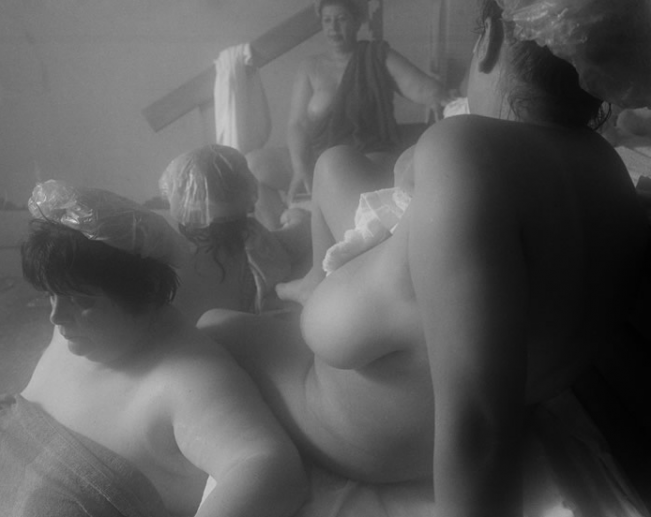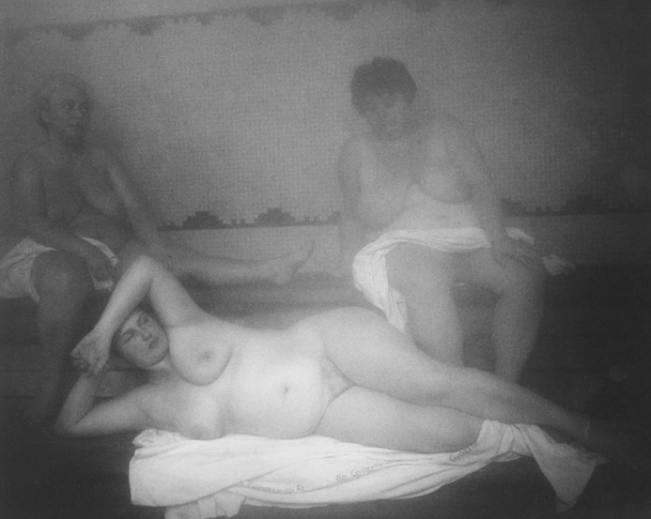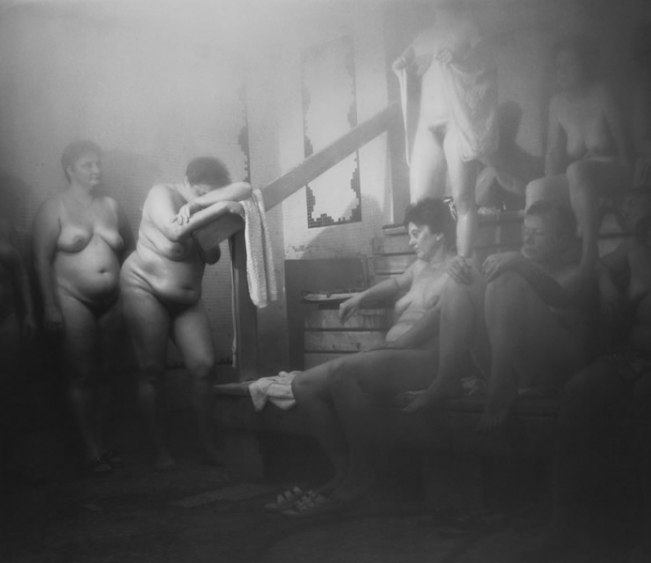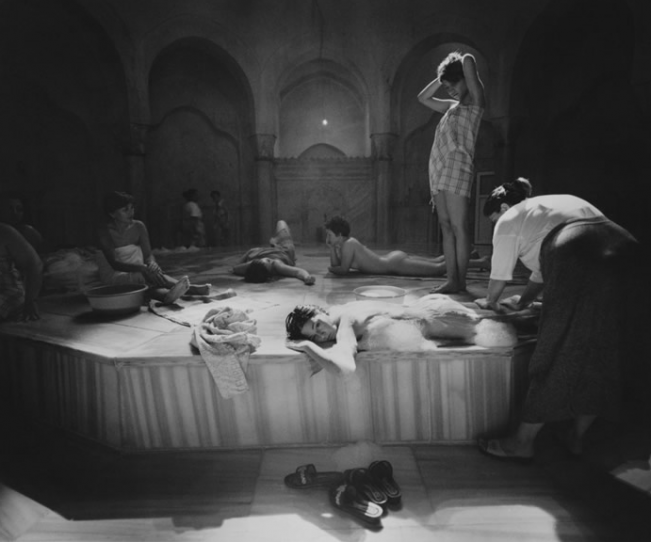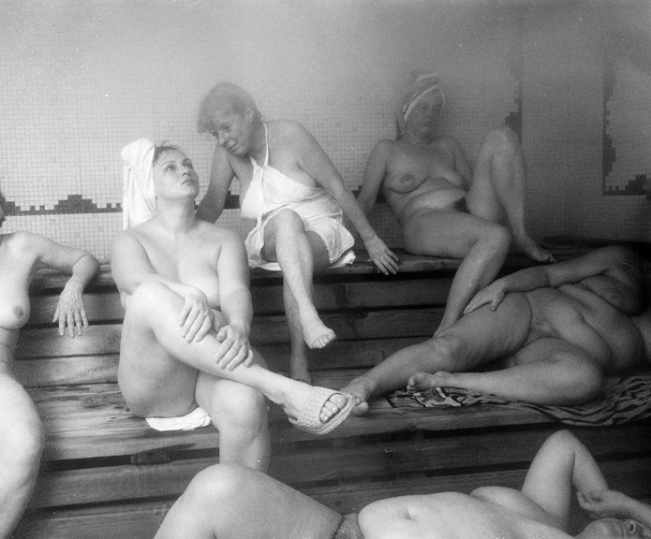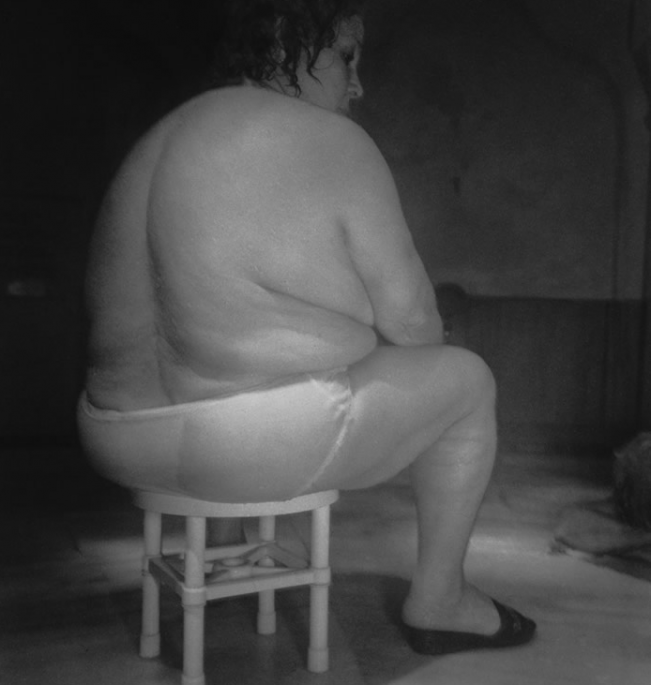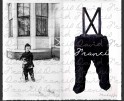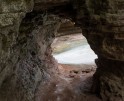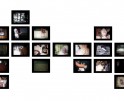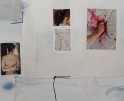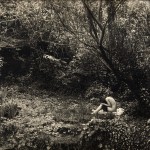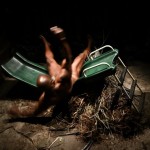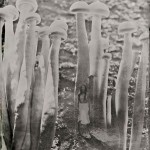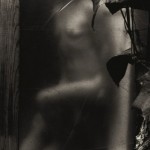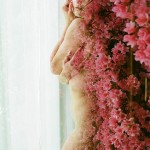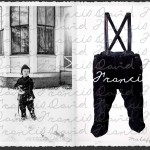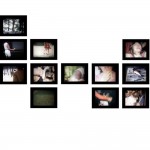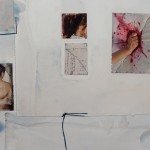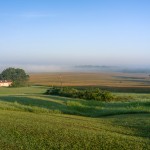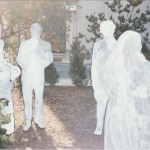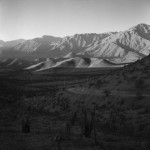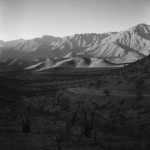Jennette Williams
Jennette Williams, a photography instructor at the School of Visual Arts in New York City, is the fourth recipient of the biennial Center for Documentary Studies/Honickman First Book Prize in Photography. Her platinum prints of women bathers in Budapest and Istanbul were judged by Mary Ellen Mark as the prize winning project, selected from three hundred entries.
Creating the images in The Bathers, Williams drew on gestures and poses found in iconic paintings of nude women, including tableaux of bathers by Paul Cézanne and Auguste Renoir, renderings of Venus by Giorgione and Titian, Dominique Ingres’s Odalisque and Slave, and Pablo Picasso’s Les Demoiselles d’Avignon. By alluding to these images and others, Williams sought to reflect the religious and mythological associations of water with birth and rebirth, comfort and healing, purification and blessing. She also used copies of the paintings to communicate with her Hungarian- and Turkish-speaking subjects—homemakers, factory workers, saleswomen, secretaries, managers, teachers, and students. Working in steam-filled environments, Williams created quiet, dignified images that not only invoke canonical representations of female nudes but also early pictorial photography. At the same time, they raise contemporary questions about the gaze, the definition of documentary photography, and the representation and perception of beauty and femininity, particularly as they relate to the aging body. Above all else, her photos are sensuously evocative. They invite the viewer to feel the steam, hear the murmur of conversation, and to reflect on the allure of the female form.
Mary Ellen Mark wrote the foreword to Williams’s prize-winning book and states:
I asked Jennette about her process in taking these pictures—how she convinced these women to let her photograph them nude, how they came to trust her. First of all, of course, she was willing to be nude herself (though she often wore a vest or shorts with pockets to hold her film and light meter). Even so, many of the countries where she photographs are quite traditional, and it’s easy to imagine the difficulties she encountered in gaining these women’s confidence so that she could photograph among them freely. Jennette told me that she would shoot in the baths and then go back to her hotel room each night to process the film so that she could read the negatives. She would make prints back home and return to the baths with boxes of photographs to show and give to the women. When the women saw the photographs, they allowed her to continue to photograph them. I’m sure it was the beauty and dignity of her images as well as her approach that put them completely at ease in front of her camera.
Posts on Lenscratch may not be reproduced without the permission of the Lenscratch staff and the photographer.
Recommended
-
The 2024 Lenscratch 1st Place Student Prize Winner: Mosfiqur Rahman JohanJuly 22nd, 2024
-
Ellen Mahaffy: A Life UndoneJuly 4th, 2024
-
Julianne Clark: After MaxineJuly 3rd, 2024
-
Kaitlyn Jo Smith: Super8 (1967-87, 2017), 2017June 30th, 2024
-
Katie Prock: Yesterday We Were GirlsJune 27th, 2024

